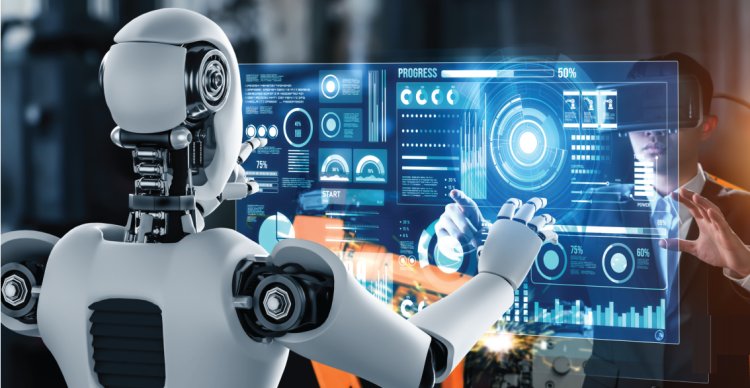Robotics and Automation in Manufacturing
Robotics and Automation in Manufacturing: Robots are taking over repetitive tasks in clothing production, improving efficiency and accuracy.

Robotics and automation have significantly transformed the manufacturing industry1. With rapid advances in technology, robots and automated systems are increasingly employed to perform various tasks that were previously done by humans. This shift towards robotics and automation in manufacturing is driven by several factors.
Firstly, robotics and automation help to free human workers from dirty, dull, or dangerous jobs1. By automating these tasks, workers can be assigned to more skilled and higher-value activities, leading to improved job satisfaction and safety in the workplace.
Secondly, robotics and automation can improve the quality of manufacturing by eliminating errors and reducing variability1. Machines can perform tasks with high precision and accuracy, minimizing the chances of mistakes. As a result, the quality of products can be consistently maintained at a high level.
Lastly, implementing robotics and automation in manufacturing can help cut manufacturing costs1. As labor costs continue to rise, replacing increasingly expensive human workers with automated systems can result in significant savings for manufacturing companies.
Robotic automation in manufacturing has been an ongoing process for decades, continuously evolving and adapting to new technologies2. Recent advancements in robotics, artificial intelligence (AI), and machine learning have further enhanced the capabilities of robots in the manufacturing industry2. These intelligent robots can adapt, learn, and collaborate with humans, thereby transforming the nature of manufacturing and streamlining repetitive tasks2.
Companies across the industrial world are recognizing the potential of robotics and automation and are investing significantly in these technologies3. The adoption of automated systems is expected to increase over the next few years, with many companies planning to allocate a significant portion of their capital spending to automation3.
Overall, the integration of robotics and automation in manufacturing brings numerous benefits, including increased efficiency, improved quality, and reduced costs. As technology continues to advance, the role of robots and automation in manufacturing is expected to grow even further.
Sources:












